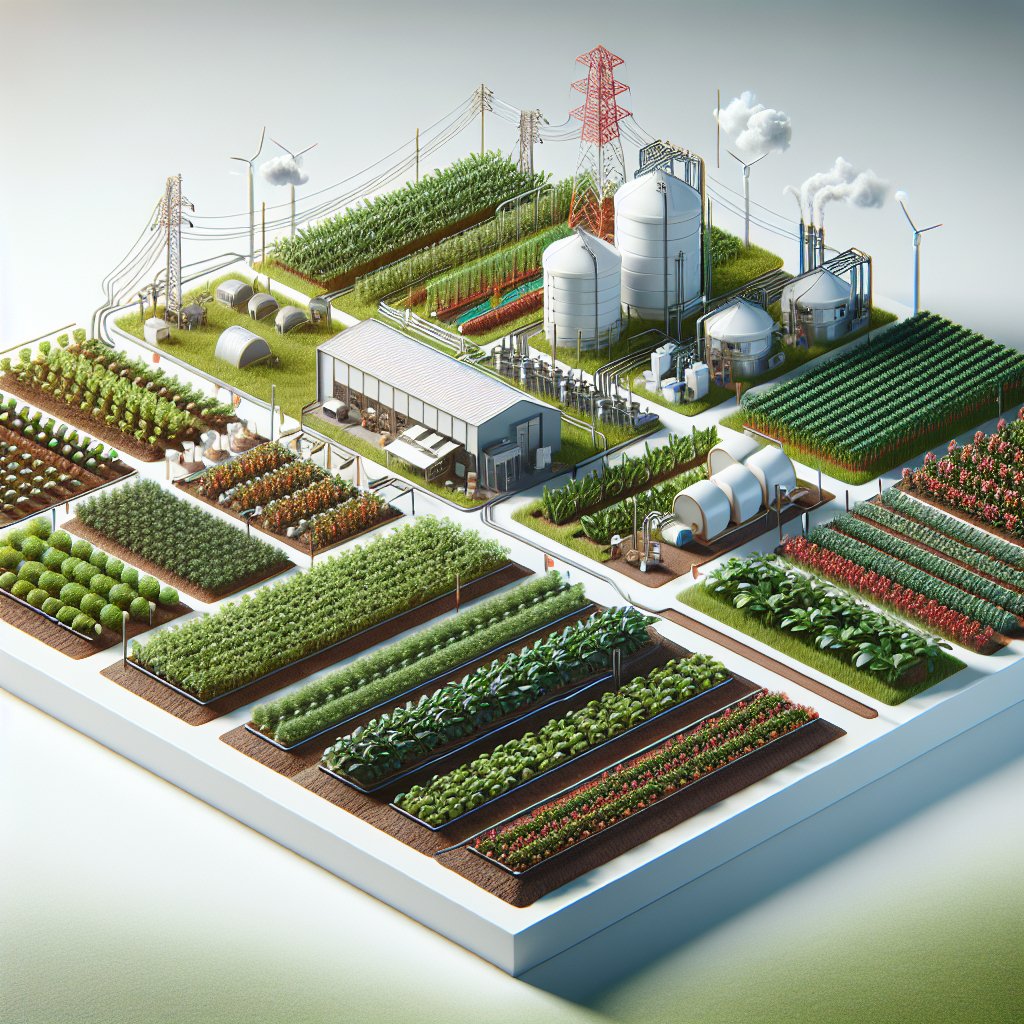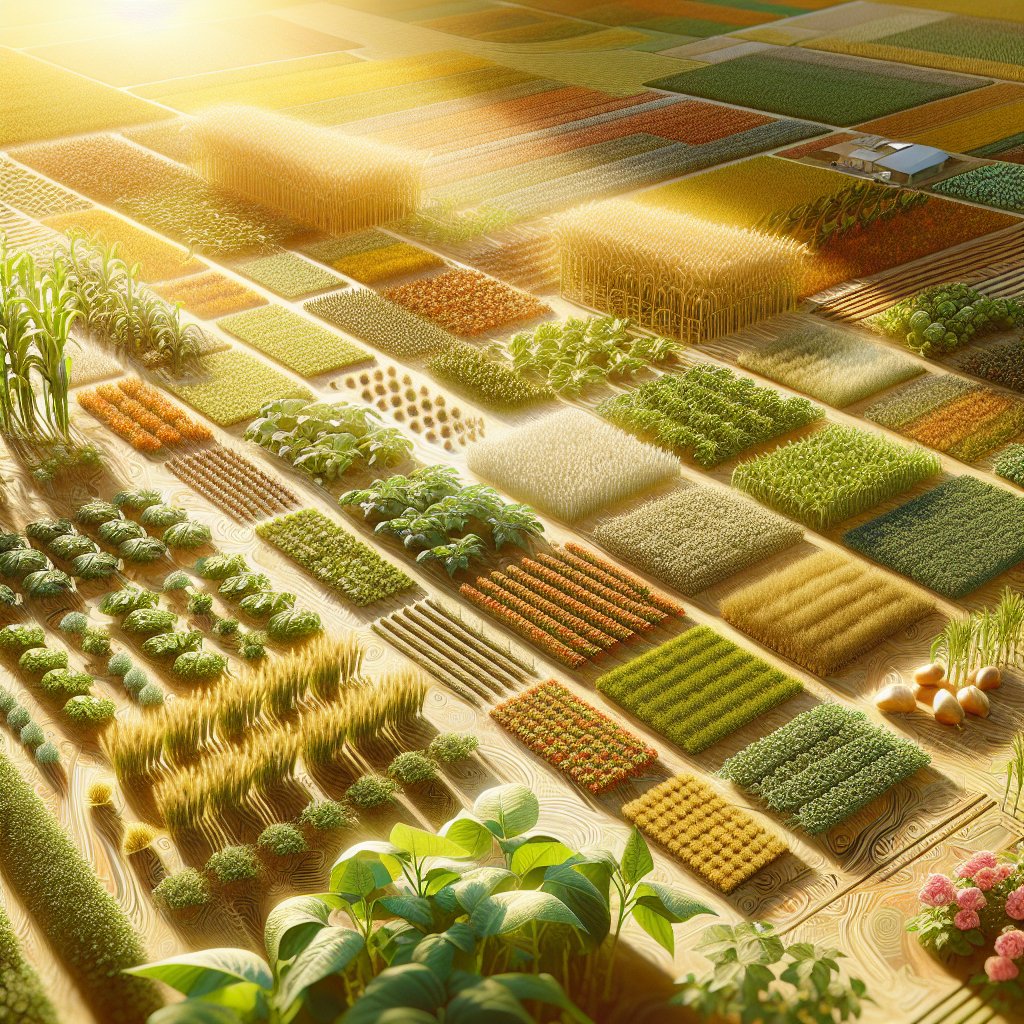The rise of vertical farming in dense metropolitan centers has transformed the way communities think about urban agriculture. By stacking layers of crops in repurposed buildings or purpose-built towers, modern cultivators achieve unprecedented yields per square foot. These high-tech farms integrate cutting-edge systems to optimize light, water, and nutrients, enabling year-round production free from traditional soil constraints. The following sections explore pioneering strategies, system designs, and broader impacts driving the next generation of sustainable food production in cities.
Innovative Systems Transforming Urban Agriculture
Advances in innovation have given rise to a range of cultivation techniques that thrive in confined spaces. Two of the most prominent methods—hydroponics and aeroponics—allow crops to grow without soil by delivering a precisely balanced nutrient solution directly to plant roots.
Hydroponic Cultivation
In hydroponic setups, plants are anchored in inert substrates such as rockwool, clay pellets, or coconut coir. An automated system pumps water enriched with minerals through a network of tubing, ensuring roots receive continuous circulation. Benefits include:
- Up to space-efficiency gains of 90% more yield compared to field agriculture.
- Reduced water consumption—often as little as 10% of conventional irrigation volumes.
- Customizable nutrient profiles that adapt to specific crop life stages.
Aeroponic Innovations
Aeroponics elevates water savings further by misting plant roots in a closed chamber. Droplets containing essential minerals are sprayed at high frequency, promoting rapid absorption and healthy growth. Key advantages are:
- Nearly zero medium waste—no traditional growing substrate required.
- Increased oxygen availability at root surfaces, boosting productivity.
- Minimal risk of waterborne diseases due to closed-loop sterilization controls.
Technological Integration for Optimized Growth
Modern vertical farms harness the power of technology to synchronize environmental factors with crop demands. Sensors, AI-driven analytics, and robotics converge to create a self-regulating ecosystem where plants flourish under ideal conditions.
Lighting Solutions
High-efficiency LEDs now offer tunable spectra to match photosynthetic peaks. By adjusting red, blue, and far-red wavelengths, growers manipulate plant morphology, accelerate flowering, and enhance nutritional content. Daylength simulations ensure continuous harvest cycles and uniform yields.
Climate and Nutrient Monitoring
Distributed IoT sensors measure temperature, humidity, CO₂, and pH in real time. Machine learning algorithms analyze data streams to:
- Automatically adjust HVAC systems for optimal air circulation.
- Modulate nutrient flow rates to avoid deficiencies or toxicities.
- Predict potential pest or disease outbreaks before visible symptoms emerge.
Automation and Robotics
Robotic arms handle seeding, transplanting, and harvesting tasks with millimeter precision. Automated guided vehicles (AGVs) transport trays between cultivation racks and packing stations, reducing labor costs and maintaining strict hygiene standards. This level of mechanization enables scalable operations that can compete with traditional distribution channels.
Environmental and Economic Impacts of Vertical Farms
The shift to vertically oriented agriculture carries significant implications for resource conservation and urban economies. By localizing food production, communities can drastically reduce sustainability pressures associated with long-distance transport and land degradation.
Water and Energy Footprint
Recirculating hydroponic systems reuse up to 95% of applied water, cutting freshwater demands drastically. In regions facing water scarcity, this represents a vital solution. Energy consumption, once a barrier due to lighting loads, is being mitigated by integrating renewable sources:
- Solar panels mounted on building facades contribute to daytime power requirements.
- Wind turbines atop industrial roofs supply supplemental electricity.
- Battery storage smooths demand peaks and leverages off-peak energy pricing.
Local Economies and Food Security
By decentralizing food production, vertical farms reduce reliance on global supply chains. Perishable harvests reach consumers in hours rather than days, preserving freshness and nutrient density. Urban residents gain year-round access to leafy greens, herbs, and specialty crops, enhancing nutrient availability and dietary diversity.
Future Directions and Challenges
While savespace cultivation techniques offer immense promise, several hurdles remain. High capital costs, technical expertise requirements, and regulatory frameworks must evolve to fully realize the potential of urban agriculture.
Cost Reduction Strategies
Collaborative investments and public-private partnerships can spread risk and lower entry barriers. Standardized modular designs reduce engineering complexity and speed up deployment. Bulk purchasing of LED fixtures and automation hardware drives down unit prices over time.
Regulatory and Policy Considerations
Municipal governments are beginning to recognize vertical farms as vital infrastructure. Incentives such as tax credits and zoning allowances encourage adaptive reuse of underutilized buildings. Streamlined health and safety standards facilitate compliance for smaller startups.
Research and Development Frontiers
Emerging topics in vertical farming research include:
- Genetic selection of cultivars optimized for indoor conditions.
- Integration of aquaponics to produce both fish and plants in symbiotic systems.
- Further refinement of renewable energy integration to achieve carbon-neutral operations.
As cities grapple with population growth and environmental challenges, the rapid evolution of vertical farming stands as a beacon of urban resilience. By blending automation, eco-friendly design, and cutting-edge horticultural science, these systems promise to reshape food production for generations to come.



